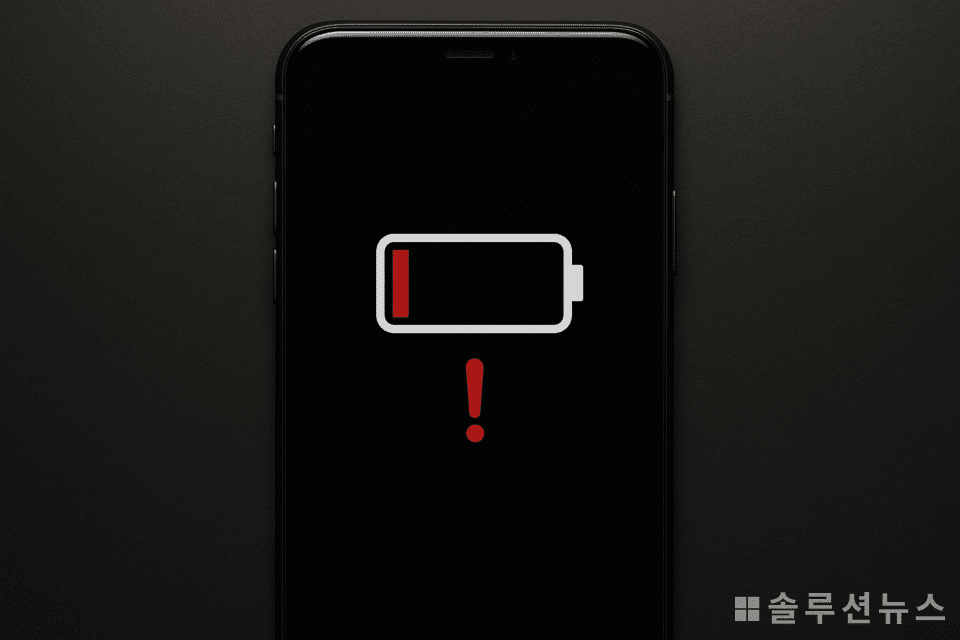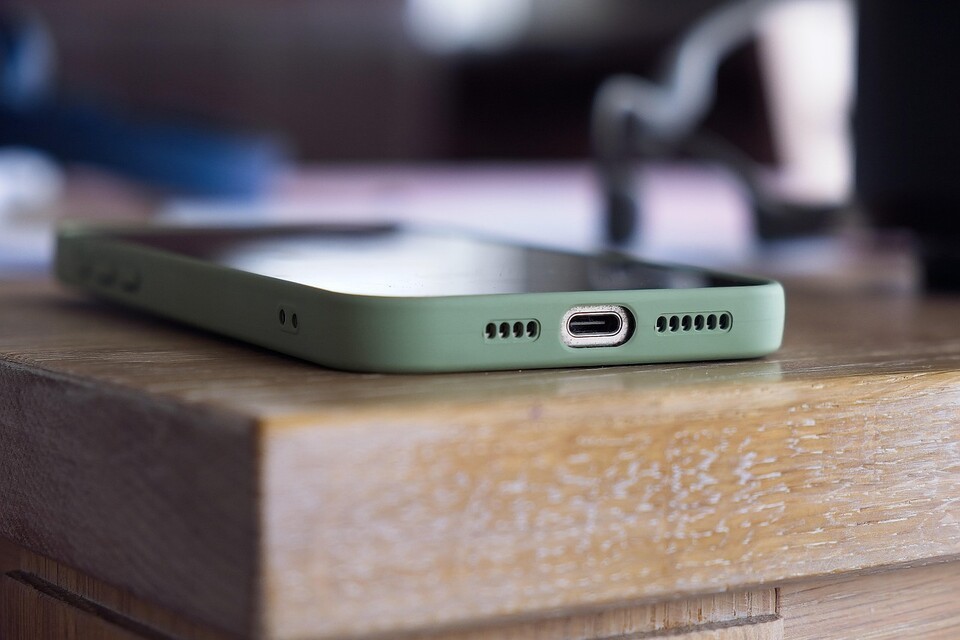Smartphones are deeply integrated into the daily lives of modern people. With activities like calling, messaging, photographing, making payments, and navigating all done throughout the day, battery performance becomes a key element of the device. However, many users are not well informed about battery replacement cycles or efficient management methods. Smartphone batteries are consumables, but by maintaining good usage habits, their lifespan can be significantly extended.

The key to extending a smartphone battery’s lifespan lies in charging habits. Lithium-ion batteries lose their longevity when they are frequently fully charged or completely discharged. It is advisable to avoid using the battery until it reaches 0% before charging, or consistently charging it to 100%.
Experts recommend maintaining the battery power between 20% and 80% as the ideal management range. Light charging at around 50% or charging when the remaining battery falls below 20% is beneficial for preserving battery health.
Caution is also required with “fast charging.” Rapid charging increases voltage and current to deliver more power in a short time, but this process creates heat, which can stress the battery. It is best to choose normal charging unless in an emergency. Charging overnight can cause device overheating, so it is advisable to avoid charging overnight or use a timer function.
Heat is the enemy of battery life, making it essential to manage the phone case, temperature, and app settings. High temperatures accelerate the internal chemical reactions of batteries, hastening battery aging. Caution is needed when using the phone outdoors for an extended period during summer or when using thick cases that prevent heat dissipation.
App settings also influence battery life. Some apps continuously exchange data in the background or operate with GPS on, increasing device temperature. Limiting the background app refresh in settings or deleting unused apps can be beneficial. Real-time location-based apps should be turned on only when necessary to reduce both power consumption and heat.
Playing games or watching high-resolution videos also causes excessive CPU usage, inducing heat generation. Allowing the device to cool intermittently during prolonged use can aid in battery health. One of the habits to avoid is playing games while charging, as charging and heavy tasks simultaneously cause substantial heat and significantly reduce battery lifespan.
By changing just a few settings, battery efficiency can noticeably improve. First, setting the screen brightness to ‘automatic’ or manually adjusting it to avoid excessive brightness use is advisable. For OLED displays, utilizing dark backgrounds and dark mode can lead to additional power savings.
It is important to actively use the power-saving mode. Although it is referred to differently by each manufacturer, this function reduces battery consumption relative to real usage time by limiting background app activity, adjusting screen brightness, and simplifying animations. Recently released smartphones are equipped with AI-based battery optimization features that automatically adjust battery usage based on user patterns.
Moreover, developing the habit of turning off Wi-Fi, Bluetooth, GPS, and mobile data when not in use is essential. Keeping them always on causes the device to periodically search for signals or maintain connections, consuming power.

Even with the best usage habits, batteries remain consumables. Typically, after 2-3 years of use, battery performance will drop below 80%. When battery performance degradation becomes noticeable, users can check battery status via the manufacturer’s official app or settings menu. On iPhones, it can be checked under Settings > Battery > Battery Performance, and for Samsung devices, through the Samsung Members app.
If battery performance has fallen below 80%, it is advisable to consider replacing it. Continuing to use a depleted battery can lead to issues such as battery swelling or power shut-offs. Replacement through official service centers provides safety and quality assurance.
Additionally, when purchasing a used smartphone or considering using an old smartphone as a secondary device, it is crucial to check the battery status first. Judging the actual battery health based solely on charging time or remaining power can be challenging.
Smart battery management starts with smart habits. The lifespan of smartphone batteries varies depending on the user’s habits. Complete discharge, overcharging, high temperature exposure, and neglecting background apps are key factors harming battery health. In contrast, adjusting charging time, utilizing power-saving features, and preventing heat can significantly extend smartphone lifespan.
It has become essential not merely to use devices for a long time but to maintain their proper performance for an extended period. For those who charge their phone once or twice daily, remember that a small habit today can change the battery status in a few months.